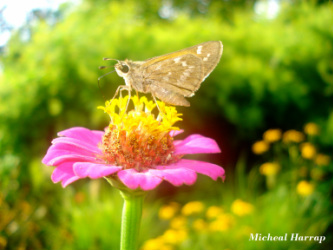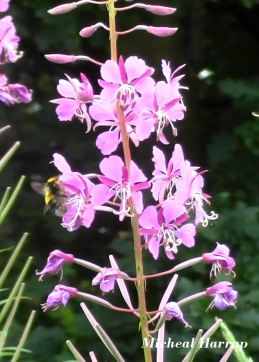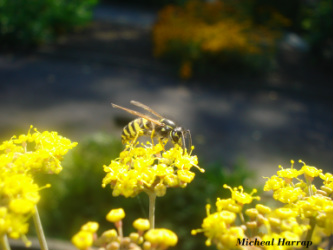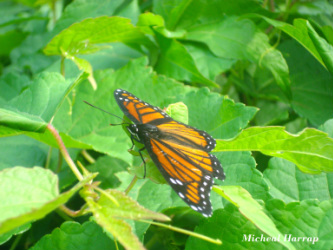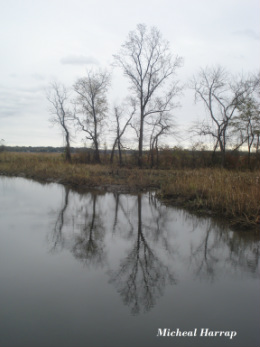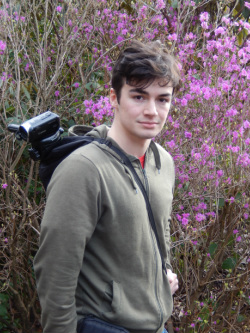
Michael Harrap
I am currently a PhD student at the University of Bristol. My research interests fall within the field of pollinator ecology and pollinator behaviour, especially foraging behaviours of pollinators. As the reproductive success of animal pollinated plants depends mainly on the fates of it’s pollen how pollinators behave while foraging can have marked impacts on plant reproduction. I am interested by how different pollinator species differ in behaviours and quality as pollinators. I have a particular interest in how plant floral traits and environmental factors might influence pollinator behaviours and thus pollen transfer and the fitness of plants that possess these traits. My master’s project at Durham University focused on a particular plant trait, vertical inflorescence architecture, in rosebay willowherb, Chamerion angustifolium. I studied how vertical inflorescence architecture impacts the foraging behaviour within the inflorescence. To investigate this I recorded video footage pollinator foraging within rosebay willowherb inflorescences in the field (a clip of some of these movements is below). This data revealed interesting upwards directional movement patterns. These movement patterns are being compared between pollinator species and incorporated into a pollen transfer simulation, which will allow the impacts on pollen transfer to be quantified. In addition to this nectar samples were taken from rosebay willowherb using micro-capillaries in order to see if the pollinators are showing these directional movement patterns as a response to gradients in rewards through the inflorescence. Current research:
Below is a clip from some of the footage used in my research of pollinator movement within Rosebay Willowherb racemes. All the bumblebee pollinators in this clip are either Bombus terrestris or B. lucorum. At 45 seconds a honeybee, Apis mellifera, visits the left side plant. Supervised by: Dr. Shane Richards, Dr. Philip Stephens Membership: Behaviour, Ecology and Evolution Research (BEER) Centre, Conservation Ecology Group (CEG) Education
2014-present PhD, University of Bristol 2013-2014 MRes Ecology Durham University 2009-2012 BSc Biology Durham University |
Selected Awards and Fellowships
Grevillea Trust Fund, 2013
University of Durham postgraduate research fund, 2013
Ander’s Prize for Plant Biology, 2011
Grevillea Trust Fund, 2013
University of Durham postgraduate research fund, 2013
Ander’s Prize for Plant Biology, 2011
